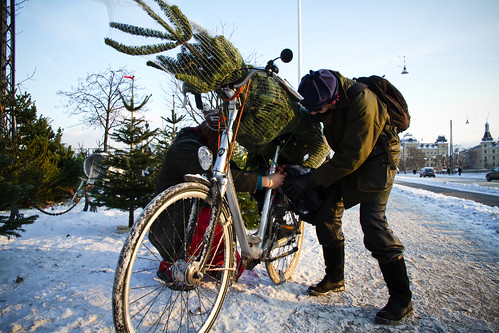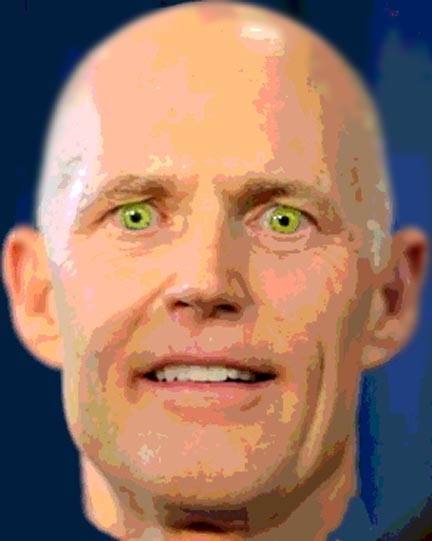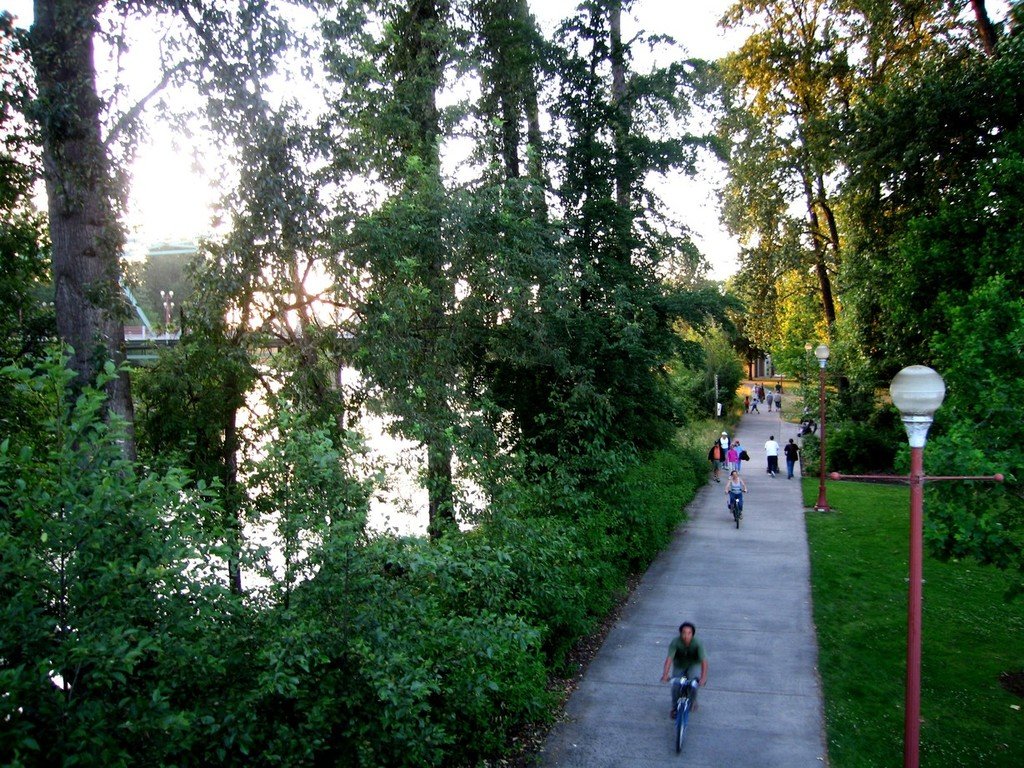These past few weeks have been abnormally busy for me, so I have never had time to sit and write a full post. But I'd like to talk a bit about the whole high-speed rail debate again, especially what is happening with Florida Governor Rick Scott's rejection of Federal funds for the Tampa-Orlando line.This past weekend, I once again visited Portland with a friend who was in town, and I traveled via the
Amtrak Cascades line from Eugene. I enjoy every moment

on this line because it has its own unique features specific to the Pacific Northwest that add to the whole experience of the region. This short two-ish hour train ride between Portland and Eugene is fantastic!...
until a tree falls RIGHT in front of the train. Long story short, the train sustained significant damage, and we were forced to chug all the way back to Portland at a top speed of 15 mph to catch the red eye train that had been held for over an hour for us. A pleasant two hour trip turned into a seven hour nightmare on the tracks.
Yep, this happened Monday evening on my return trip back to Eugene. Granted there is absolutely nothing Amtrak could have done to prevent this from happening, since it was ultimately caused by the storms that were passing through the area that night. However, all but maybe one or two times that I have made this short trip to Portland, there have been issues with delays and random problems causing the train to be extremely delayed and ultimately making passengers upset and discouraged from riding Amtrak again. And the Cascades line is supposed to be one of the faster, more reliable routes in the US, which are
designed for high-speed use but are limited to only 79 mph max speed! I often regret not taking the Amtrak buses between stations, because at least they can reroute themselves if something happens, they are never delayed, and are much quicker.
Not even two full days after this seven hour nightmare train ride, I get the news that the new governor of my home state, Rick Scott, has finally
decided to deny the Federal high-speed rail funds set aside for nation's first line between Tampa and Orlando. Even though, I had begun to see this coming since his election and inauguration, I was still appalled at the decision and his reasoning behind it. Many politicians,
including fellow Republicans,
were shocked as well.

I have blabbered on about why I feel high-speed rail is so important to the future of America, and I won't repeat myself, you can just read again for yourself. But as the passengers on the Amtrak train and I sat for seven hours Monday night, even breaking into the rationed food, I couldn't help but think to myself once again that if we had a comprehensive high-speed system like those in Europe and Asia, problems like this would be few and far between. The reasoning that we shouldn't pour more money into Amtrak because it is a poorly managed, failing system, to me, is bunk. It is not poorly run, in my opinion as a frequent rider, it's just there has not been sufficient upgrades and maintenance to make it a successful program since it's inception 40 years ago.
It is time to make significant investments in the future infrastructure of our country, and the way it seems right now, Florida will not be leader any longer. Rick Scott has made a poor decision and has already poured hundreds of millions down the drain in research and preparation for this project, not mention the potential job loss that his entire campaign was focused on. I guess California and the Midwest will see all the benefits, and Florida will will be left in the dust, once again.
Sometimes, things are expensive, but when future benefits are at stake that will far outweigh costs now, the smart move is to invest. Instead,
this money will be spent on outdated highway and other projects of the past, further holding America back from properly sustaining itself in the future, economically and environmentally.

Let's just hope the
rumors of Scott's Presidential bid are anything but true.













 This New York Times article
This New York Times article Seattle has a pretty impressive transit system, despite the different modes being comprised of several agencies.
Seattle has a pretty impressive transit system, despite the different modes being comprised of several agencies. 



















